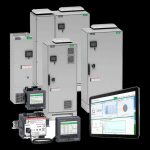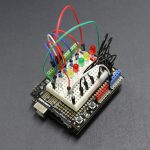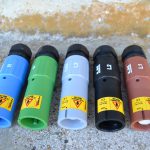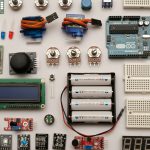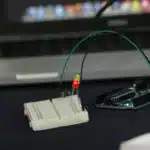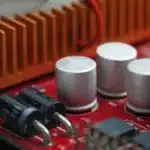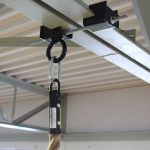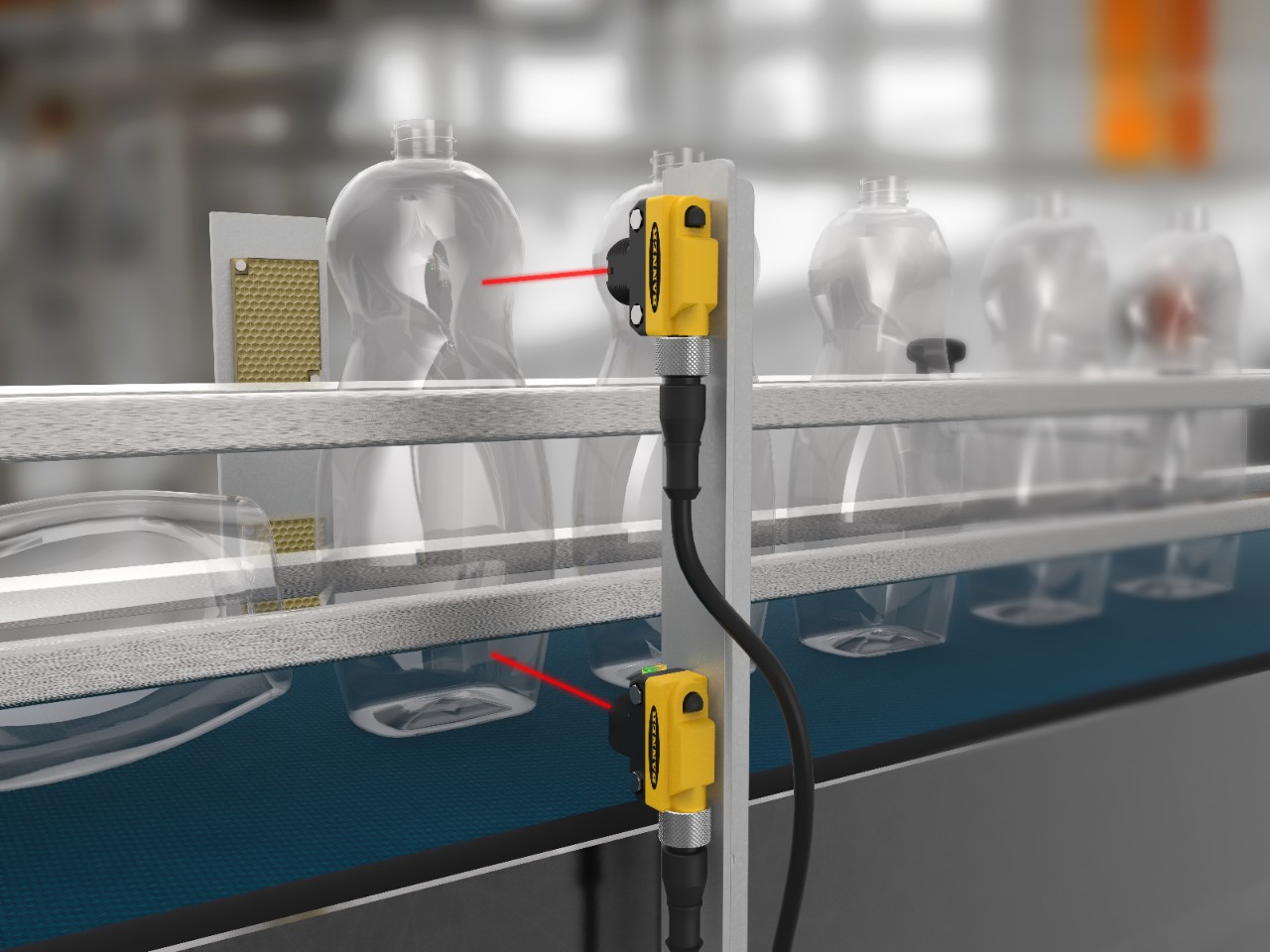
It is important to understand the use of this technology for us as it becomes more automated every day. A company’s productivity can be increased to a large extent by the use of such automated technology in production processes. One of those automated devices is known as photoelectric sensors that have helped workers to a larger extent. A photoelectric sensor detects any differences in the level of lights that it receives. The sensor consists of a light source from which it revives light, an amplifier, then a signal converter, and an output. You can purchase photoelectric sensors from an electronic components supply store.
How does it Work?
When a transmitter emits infrared or visible light, it is detected by photoelectric sensors. These sensors not only detect the amount of light that has been received but also how much was reflected back. This function of photoelectric sensors helps them detect the presence or absence of any object. This is mainly useful in the production line.
They can not only detect objects nearby but also can detect them from far away. These sensors provide highly accurate results and detect any kind of object no matter what material it is made out of. You can purchase them at an electronic components store.
Types of Photoelectric Sensors
There are three main types of photoelectric sensors, through-beam, retroreflective, and diffused sensors. All of them have a variety of applications.
Through-Beam Sensor
This is the type of sensor in which two devices are used in opposition to either make or break a light beam. One of the sensors has the transmitter and the other one has the receiver. An object will be detected when the light beam between the two sensors is interrupted by that object.
Retroreflective Sensor
This is a type of sensor in which both the emitter and receiver are found in the same housing. They work with a sensor and a reflector. When the sensor sends the light to the reflector, it is sent back to the receiver. When this light path is disturbed by any object, which is when it detects its presence. You can purchase such sensors at an electronic components supply store.
Diffused
The receiver and emitter are housed in the same device. This simply detects the presence of an object when the light beam that is sent towards the object, reflects back.
Applications
- These are most useful in the production line. They can detect object sizes or any missing objects while the manufacturing process. They also detect any errors in the items.
- They can detect small objects and count them if anything is missing. Because sometimes small objects can easily fall from the conveyer belt.
- They are also used in the packaging and printing sectors where they can detect red, green, and blue light.
- They can also monitor bigger areas for objects that have light grids.
- Measuring distance is another application of these photoelectric sensors. This is done by a triangulation process in which the reflected laser beams are compared and used to determine differences in distance and position.
- These sensors are also used in automatic doors where they can detect when a person is standing close by a door.






